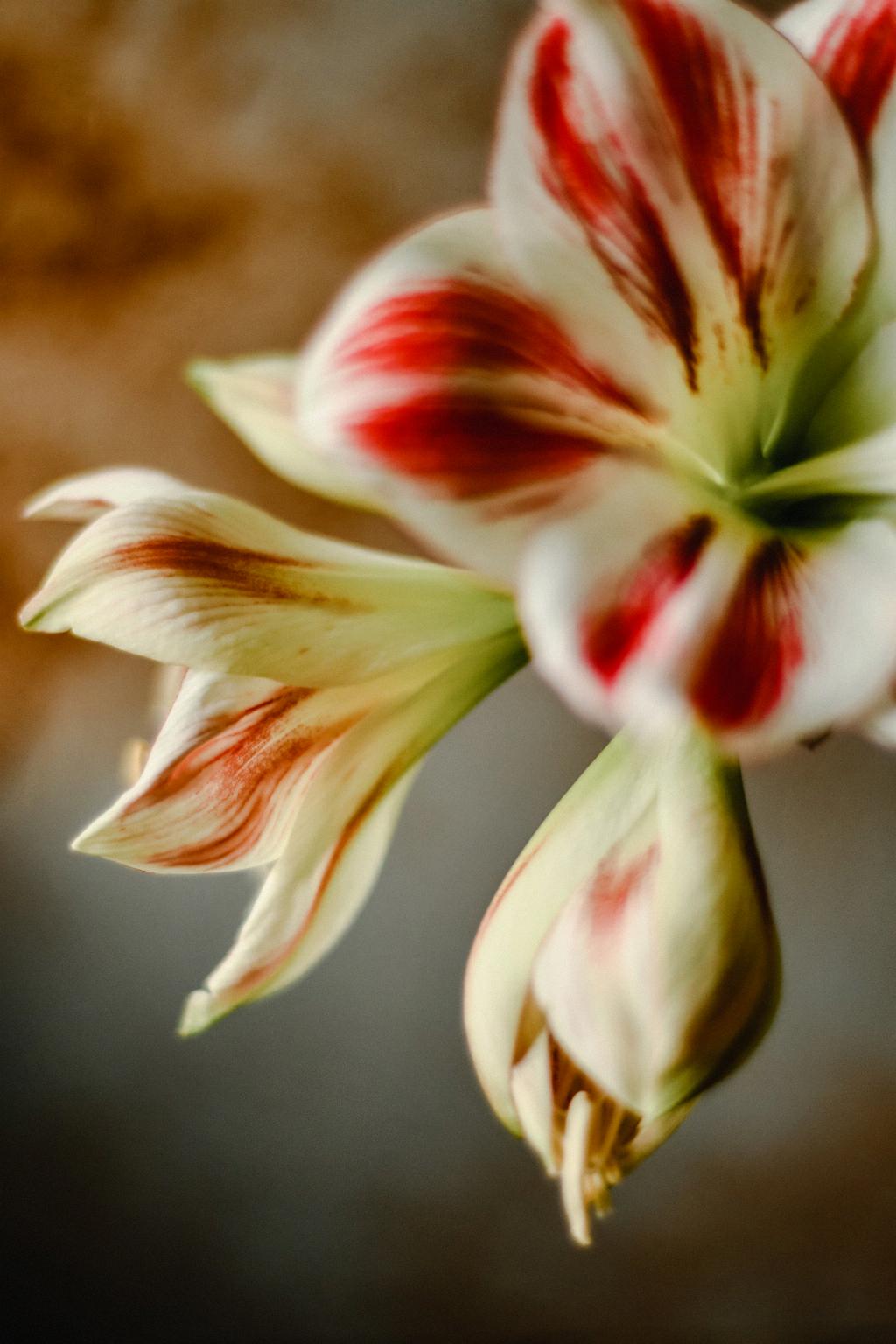If you’re looking to take your gardening skills to the next level, planting an amaryllis outside could be a rewarding experience. These vibrant flowers can be a stunning addition to your outdoor garden, adding a touch of elegance and beauty to your landscape. However, before diving into the process of planting amaryllis bulbs outdoors, there are a few essential factors to consider.
One of the most crucial aspects to keep in mind when planting amaryllis outside is the climate of your region. Amaryllis bulbs thrive in areas where temperatures do not drop below 10°F, typically falling within Zones 8-10. If you reside in colder regions, such as Zone 7, you may still have the opportunity to grow cold-tolerant species if you opt for spring planting.
When selecting a site for your amaryllis bulbs, ensure you choose a location that receives full sun exposure. Amaryllis plants require a minimum of 6-8 hours of direct sunlight daily to grow and bloom successfully. Opting for a spot with well-drained soil is also crucial to prevent waterlogging, which could potentially harm the bulbs.
Before proceeding with planting your amaryllis outside, it’s essential to consider the planting depth. Dig a hole that allows the top of the bulb to sit just above the soil line. Planting too shallow or too deep can hinder the growth and development of your amaryllis plants, so strike the right balance for optimal results.
Watering plays a vital role in the care of outdoor amaryllis plants. While these flowers do not require excessive watering, it’s essential to keep the soil consistently moist, especially during the blooming season. However, avoid overwatering, as this can lead to root rot and other issues that may harm the plant.
Regular fertilization is another key component of successfully growing amaryllis outdoors. Consider using a balanced fertilizer to provide essential nutrients for the plants’ growth and blooming cycles. Remember to follow the recommended dosage instructions to avoid overfeeding, which could have adverse effects on your amaryllis plants.
As your amaryllis plants continue to grow, it’s essential to monitor them for any signs of pests or diseases. Common issues include aphids, spider mites, and fungal infections, which can impact the health and appearance of your flowers. Utilize organic pest control methods to protect your plants without harmful chemicals.
Pruning is also a vital aspect of caring for outdoor amaryllis plants. Trim off any wilted or yellowing leaves to promote healthy growth and prevent disease spread. Additionally, deadhead spent flowers to encourage continuous blooming throughout the growing season, ensuring a vibrant display in your garden.
During the winter months, it’s crucial to protect your outdoor amaryllis plants from frost and extreme cold temperatures. Consider covering the plants with a layer of mulch or bringing potted bulbs indoors to safeguard them from harsh weather conditions. This extra care will help ensure the survival of your amaryllis during the colder months.
As your amaryllis plants thrive outdoors, you’ll be rewarded with an array of colorful blooms that brighten up your garden. These stunning flowers are sure to attract attention and admiration from visitors, showcasing your gardening skills and enhancing the overall aesthetic of your outdoor space.
In conclusion, with proper planning, care, and attention to detail, planting amaryllis outside can be a gratifying experience for any gardening enthusiast. By following the guidelines outlined above and providing the necessary conditions for growth, you can enjoy the beauty and elegance of these majestic flowers in your outdoor garden.

